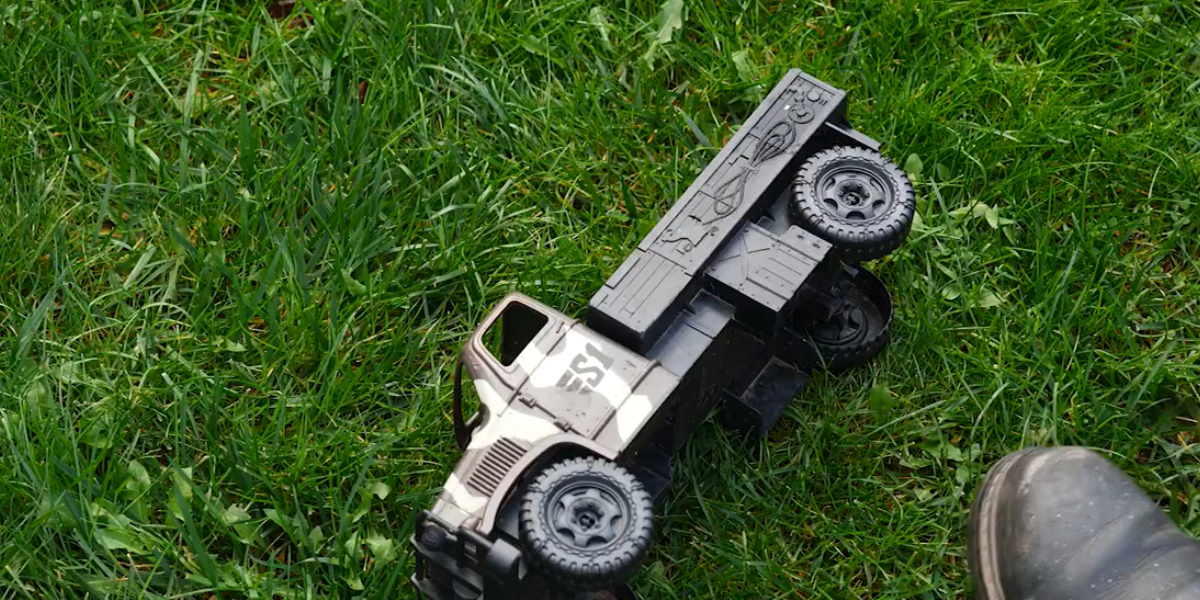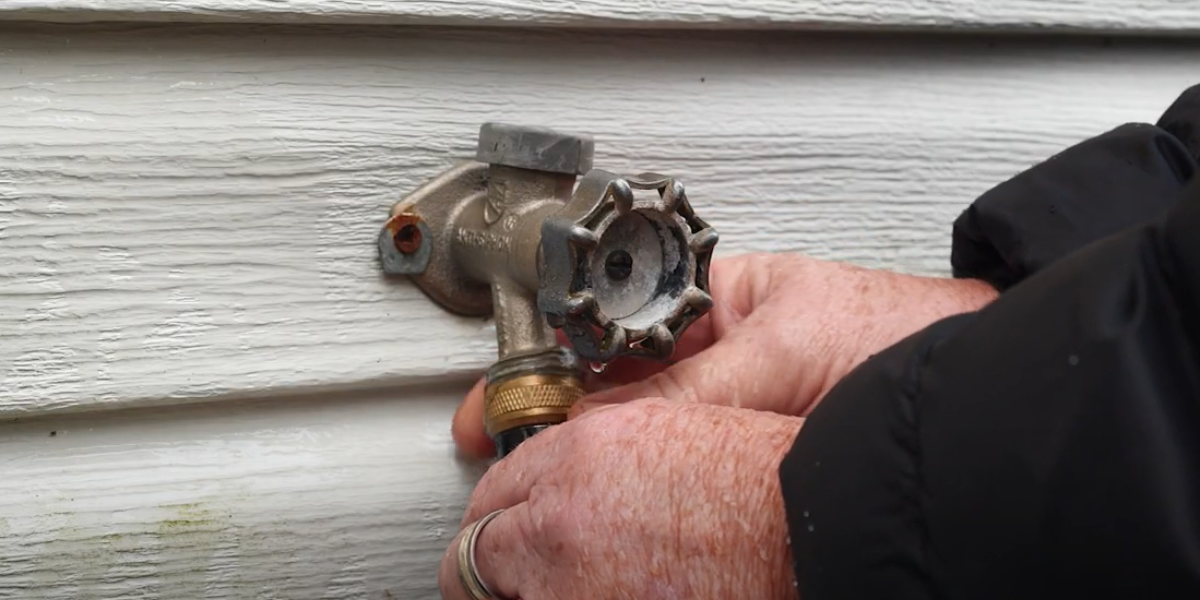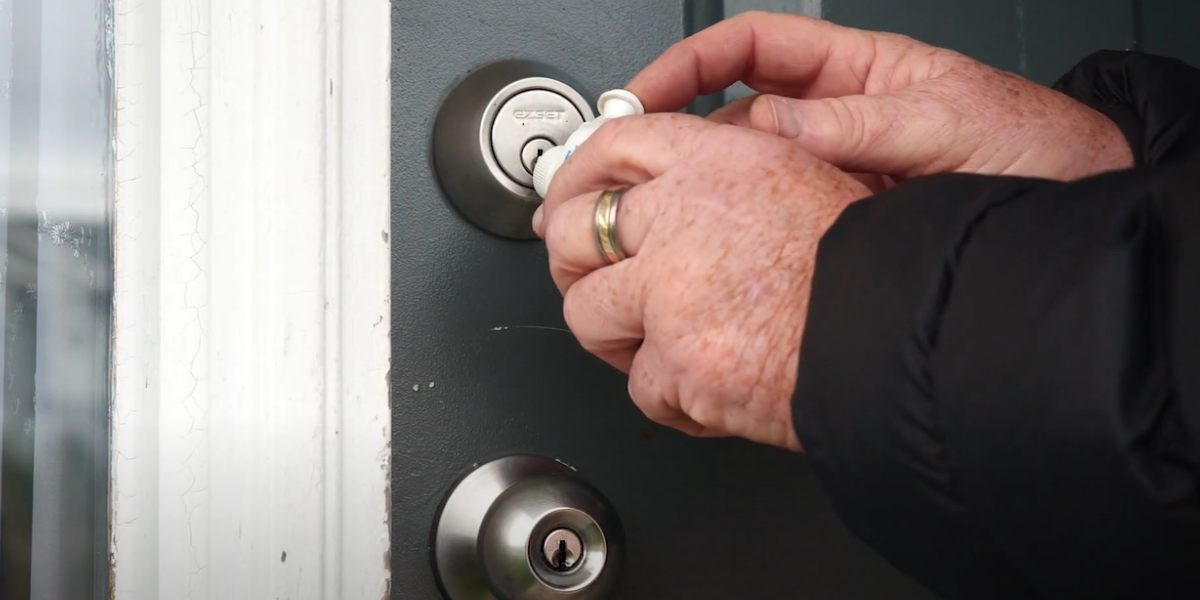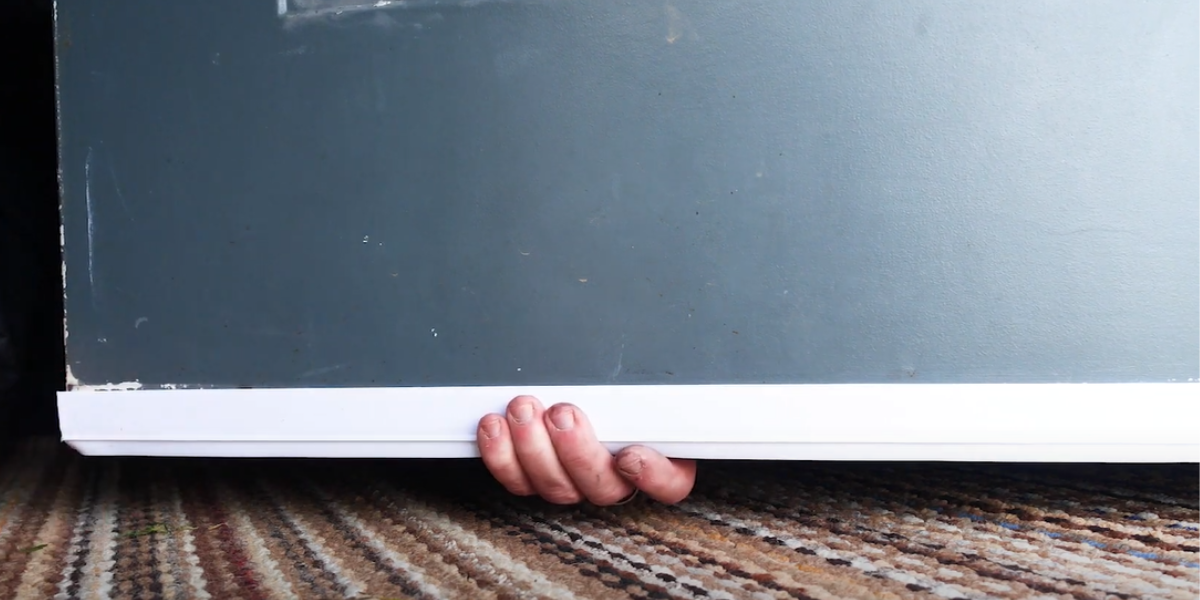Homeowners Winter Prep Checklist
Winter is Coming
It’s time to say goodbye to late sunsets and clear driveways. Getting ready for winter means making sure that you and your home are prepared for all the woes the cold can bring. Winterizing your home will help you cut your energy costs, save time and help maintain the condition of your home for many years. Our in-house repair expert, Chris, has picked up a few nuggets of wisdom after decades of helping people in and around their homes. Here are his tips for getting your home winter-ready!
Preemptive Driveway Clearing
If you’re going to survive the winter, then you know you need to be ready to clear a good amount of snow and ice from around your house. You can make this process faster and easier by removing any dirt, toys, or newspapers that may be lying around your driveway ahead of time. Items left lying around may end up getting stuck in your snowblower and result in some potentially expensive repairs. So, get ahead of the snow and clear our driveway now. And while we are on the topic of snowblowers, if you are in need of new snowblower parts this season, we've got you covered!

Garden Hose Care
It’s important for you to get your garden hose inside the house during the winter months. First, disconnect the hose and then drain it until all the water is flushed out otherwise it will freeze and expand which will cause irreversible damage to the inside of the hose. If you can, you should also close the ends of the hose to keep the hose clean while it is in storage. Finally, make sure that your hose is carefully stored so that it does not lose its shape or unravel. Some appropriate choices for storage include a wall rack with a curved surface, a hose bowl, or a galvanized tub. Taking care of your hoses now will ensure that you do not need new ones at the end of the winter season!
Additionally, if you live in an area that is particularly frosty during the winter months, you can purchase a cover for your spigot. This will provide some much-needed insulation and prevent any cold drafts from entering the house.

Get the Debris Out of The Gutter
There are two truths in winter (for most people): Snow falls and snow melts. When the snow melts, large amounts of water may flow down your roof. If your gutters, downspouts, and eavestroughs are filled with debris and leaves then ice dams will form and build pressure inside which can damage the foundation of your home. Too much backed-up water will also create moisture underneath your shingles and lead to rotting.
To keep your house in mint condition for many years, make sure that all the dirt, debris, and leaves are cleared out of the gutter to ensure the snow and water can flow out freely. If you want to be thorough you can install a gutter guard which will catch debris and prevent it from building up. It may also be beneficial to purchase some deicing cables or heat tape which can warm up the eaves troughing and prevent ice from forming.
Pro Tip: Inspect your roof for any loose shingles as these will be vulnerable to leaking. You can easily repair any loose shingles using roof repair glue.

De-ice the doors
It’s not uncommon for the locks around the home to freeze up after a particularly snowy or rainy winter day. The good news is that this is a relatively easy fix that you can stay prepared for! All you need is a little bottle of chemical de-icer. Spray a bit of the de-icer into your lock and that should break down any ice in there and prevent it from freezing in the future. However, if you are in a tight spot, you can also use some alcohol-based hand sanitizer. The alcohol will melt the ice and prevent freezing again in the future. All you need to do is dip your key in the sanitizer and then into your door and give it a gentle jiggle.
Remember that you don’t have to wait until your lock has frozen to use de-icer fluid, you can get ahead of it now to prevent it from happening at all!

Gone with the Grill
Keeping your grill outside in the summer is ideal when you need to be ready for a cookout at a moment's notice. However, it’s slightly less than ideal in the winter. To make sure that your grill lives for many more years, you’ll need to store it the right way. Firstly, clean the grill thoroughly to prevent mold. Next, coat the metal parts in cooking oil to prevent oxidation. Finally, get yourself a winter-appropriate grill cover that provides insulation if you plan on keeping it outside. However, if you have space in your garage or home, you can get away with covering it in some heavy plastic.
No More Lawn to Mow
Now that winter is here, you probably won’t be using your lawn mower much. Before you pack it away and forget about it until next spring, you need to do some maintenance, otherwise, you may need a new lawn mower next spring.
Begin by removing any buildup of grass and dirt from underneath the machine and blades. Next, add a fuel stabilizer to the tank to prevent any remaining fuel from degrading and clogging up the engine. Alternatively, you can drain the gas tank and leave it empty. Finally, store the lawn mower indoors, somewhere where it will be dry and safe from the cold.
Who Let The Draft In?
You can save yourself a few dollars on your energy bill by weatherstripping your home. It may sound simple but covering the gaps around your windows and doors is an efficient and cost-effective way of reducing the amount of heat loss in your home and preventing cold air from entering. The great thing about weatherstripping is that it’s also great for the summer months because it keeps cool air in and heats out. You can use this method on the exterior doors and windows around your home, the garage doors, and gaps and empty spaces that air can pass through.
- Use shrink-to-film plastic on windows to increase insulation and reduce moisture buildup on the window.
- Use tape, felt, foam, or strips of metal/vinyl to seal any air spaces.
- Install door sweeps along the bottom of your doors.

There are many more options that you can consider for weather-stripping. You will need to make the best choice for your home based on your budget, tastes, and comfort level with installation. If you would like to know other ways to cut the energy usage in your home, you can check out our full green living guide for all the ways you can put the 'friendly' in environmentally friendly.
We hope this checklist will kickstart your winter prep this year and ensure that you and your family are safe, warm and on budget all season long.
